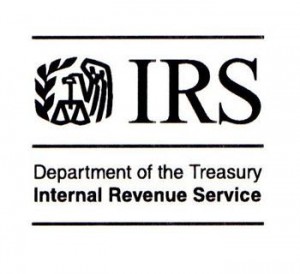 As previously discussed, faced with substantial budget cuts, the Internal Revenue Service (“IRS”) has announced that it is eliminating most determination letters (letters concerning the qualified status of retirement plans, which gives rise to numerous tax benefits), effective December 31, 2016. (Announcement 2015-19.) In the past, individually designed retirement plans were able to obtain a determination letter once every five years, during a cycle provided by the IRS. The most likely new regime will involve making determination letters on individually designed plans available only when a plan is first adopted, or when it is terminated. Between those dates, the only way to ensure qualification other than filing a declaratory judgment action with the Tax Court is likely to be to adopt annual updates put out by the IRS that will include model wording for amendments.
As previously discussed, faced with substantial budget cuts, the Internal Revenue Service (“IRS”) has announced that it is eliminating most determination letters (letters concerning the qualified status of retirement plans, which gives rise to numerous tax benefits), effective December 31, 2016. (Announcement 2015-19.) In the past, individually designed retirement plans were able to obtain a determination letter once every five years, during a cycle provided by the IRS. The most likely new regime will involve making determination letters on individually designed plans available only when a plan is first adopted, or when it is terminated. Between those dates, the only way to ensure qualification other than filing a declaratory judgment action with the Tax Court is likely to be to adopt annual updates put out by the IRS that will include model wording for amendments.
For entities that maintain a retirement plan, the new regime may mean that they discover qualification issues only on audit, when it is too late to fix the issue. And the potential penalties on audit (for the employer, the trust under the plan, and the employees) are, as set forth in a prior article, huge. What steps should a plan administrator take to ensure the qualification of a plan after that point? Read more.
 Phased retirement has become increasingly popular among two groups of employees: those who would like to begin easing away from work at a younger age, and those who need to continue working at older ages but require a less demanding schedule. We recently conducted a webinar to help employers identify the situations in which phased retirement may be beneficial, and structure phased retirement arrangements in such a way as to avoid the practical and legal pitfalls.
Phased retirement has become increasingly popular among two groups of employees: those who would like to begin easing away from work at a younger age, and those who need to continue working at older ages but require a less demanding schedule. We recently conducted a webinar to help employers identify the situations in which phased retirement may be beneficial, and structure phased retirement arrangements in such a way as to avoid the practical and legal pitfalls.

 The Pension Research Council of The Wharton School of the University of Pennsylvania has done
The Pension Research Council of The Wharton School of the University of Pennsylvania has done